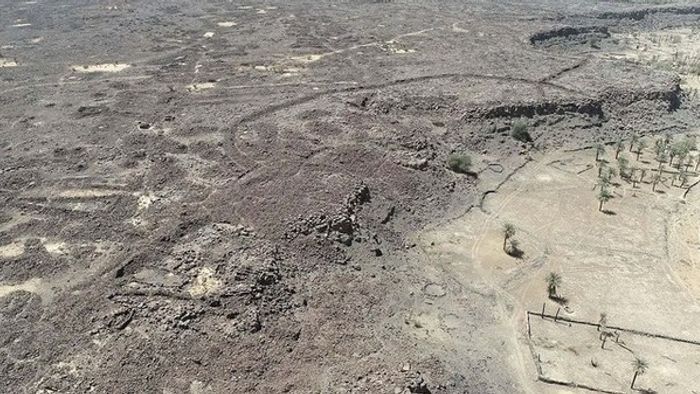Bronze Age town discovered in Saudi Arabia's Khaybar Oasis
Archaeologists discover a Bronze Age town in Saudi Arabia's Khaybar Oasis, shedding light on ancient history. The find includes remnants of buildings, pottery, and tools, indicating a once-thriving settlement.

- Nov 03, 2024,
- Updated Nov 03, 2024, 10:39 AM IST
Archaeologists have unveiled a significant Bronze Age town in the Khaybar Oasis, situated in northwest Saudi Arabia, marking a crucial addition to the region's historical narrative. This discovery, published in the scientific journal PLOS ONE, was announced at a press conference by the Royal Commission for AlUla (RCU) in Riyadh.
The findings highlight Saudi Arabia's dedication to preserving its rich cultural heritage while enhancing its international standing in archaeological research. This commitment aligns with the Kingdom's Vision 2030 initiative, which aims to promote cultural awareness and global partnerships.
The town, named Al-Natah, challenges previous assumptions that nomadic lifestyles predominated in northwestern Arabia during the early and middle Bronze Age. Instead, it demonstrates a shift toward settled urban living, evidenced by the town's structured residential and funerary areas.
Spanning 2.6 hectares, Al-Natah was home to approximately 500 people from 2400 to 2000 BC, with continued habitation until 1500–1300 BC.
Khaybar Oasis, surrounded by a 15-kilometre stone wall for protection, served as a vital urban centre during the period. Its strategic location on the edge of the Harrat Khaybar volcanic field and the intersection of three valleys underscores its historical significance as a hub for trade and agriculture.
This discovery was part of the Khaybar Longue Duree Archaeological Project, led by Dr. Guillaume Charloux of the French National Centre for Scientific Research and Dr Munirah AlMushawh of RCU.
The project exemplifies the collaboration between Saudi and French entities, including the French Agency for the Development of AlUla (AFALULA), to uncover the rich history of the region.